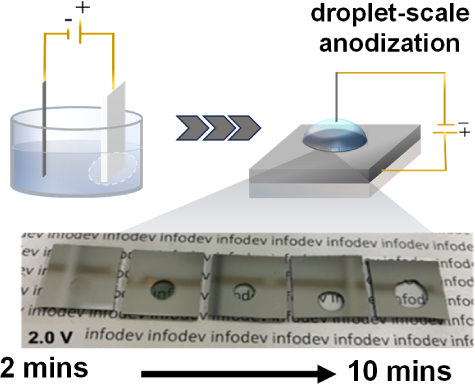What you need to know about the national ID or Phil ID
By Venus May H. Sarmiento
Even with the pandemic caused by the coronavirus disease 2019 (COVID-19), the Philippine Statistics Authority (PSA) is directed to prioritize the registration of at least five million low-income household heads to the Philippine Identification System (PhilSys) to have a national ID.
Republic Act No. 11055, otherwise known as the Philippine Identification System Act, aims to establish a single national identification system for all citizens and resident aliens of the Republic of the Philippines.
Signed into law by President Rodrigo Roa Duterte in August 2018, the valid proof of identity provided by the PhilSys shall be a means of simplifying public and private transactions, and shall be a social and economic platform that promotes seamless social service delivery and strengthening of financial inclusion for both public and private services.
Here are the answers to the most frequently-asked questions about the national ID as explained by PSA.
What is PhilSys?
The Philippine Identifications System (PhilSys) is the government’s central identification platform for FIlipinos.
It aims to simplify public and private transactions.
What is the PhilID?
The PhilID is a government-issued, non-transferable ID which serves as a valid proof of identity.
It contains the person’s demographic information, front-facing photograph, PhilSys Card number and QR code.
Will the PhilID replace other government IDs?
The PhilID will NOT replace IDs that serve other purposes outside of identification (ex: passport, driver’s license).
How much is the PhilID?
The PhilID is free of charge for Filipinos upon registration
What are the benefits of the PhilID?
The PhilID serves as a valid proof of identity.
As a government-issued ID, the PhilID will make it easier for Filipinos to access and apply for social welfare and benefits from the government.
It will also eliminate the need to present other IDs when transacting with the government and private sector (ex. opening of bank accounts).
What information will be needed for my PhilID?
PSA will needing the following demographic data which includes the person’s full name, date of birth, place birth, blood type, address, Filipino or resident alien, marital status (optional), mobile number and email address and two biometric information which includes front-facing photograph, full set of fingerprints and iris scan.
Are my personal information safe, private and secured in PhilSys?
PSA ensures strict compliance with the PhilSys Act of 2018 and Data Privacy Act of 2012.
The PhilSys adopts Privacy by Design principles, meaning, privacy is incorporated in systems and technologies by default.
PSA is also working closely with the National Privacy Commission (NPC) and the Department of Information and Communications Technology (DICT) for data privacy and security.
When can I register to PhilSys?
The priority sector in the opening of registration that started in the fourth quarter of 2020 are low-income household heads.
This is to ensure that they have valid identification to open bank accounts for a safer and more seamless channeling of government assistance.
Opening of registration to the public will be announced by PSA in cooperation with the Presidential Communications Operations Office (PCOO) as part of the massive information campaign for PhilSys.
Where can I get further updates on PhilSys?
You can visit psa.gov.ph/philsys and at their Facebook at /PSAPhilSysOfficial.
The PhilSys project emphasizes inclusive coverage, enabling access to the most vulnerable groups.
A foundational digital ID system, like PhilSys, will contribute to nation building.
It will enable the Philippines to move away from inefficient and expensive physical documents, processes and credentials to the use of digital equivalents. (JCR/AMB/VHS/PIA Pangasinan)






